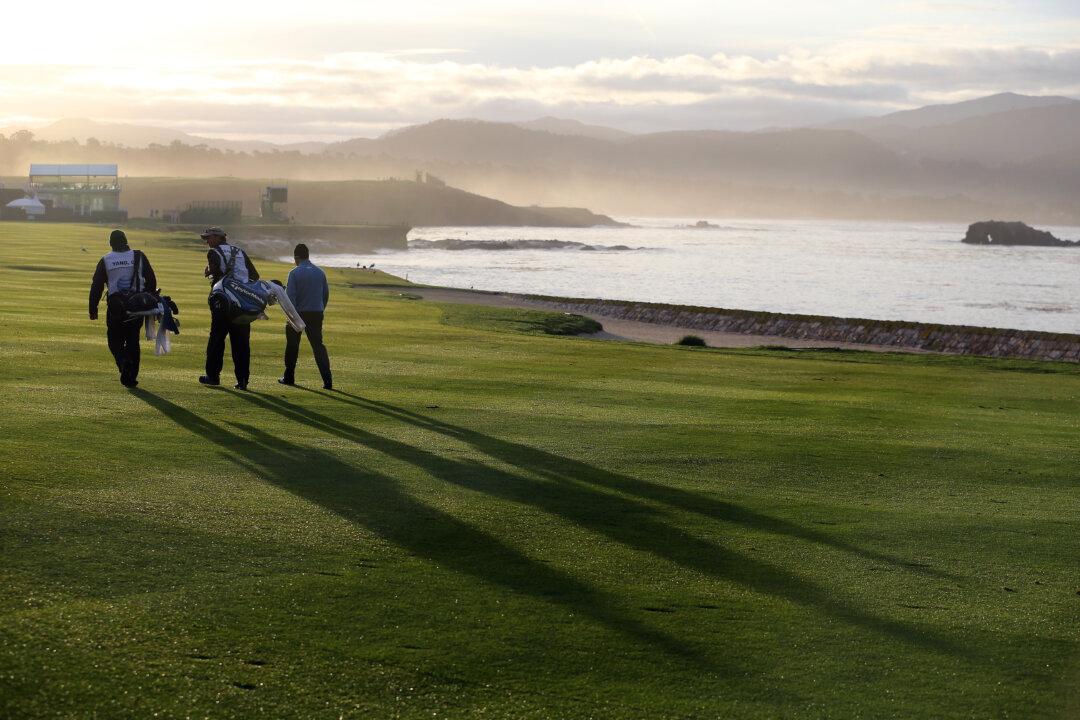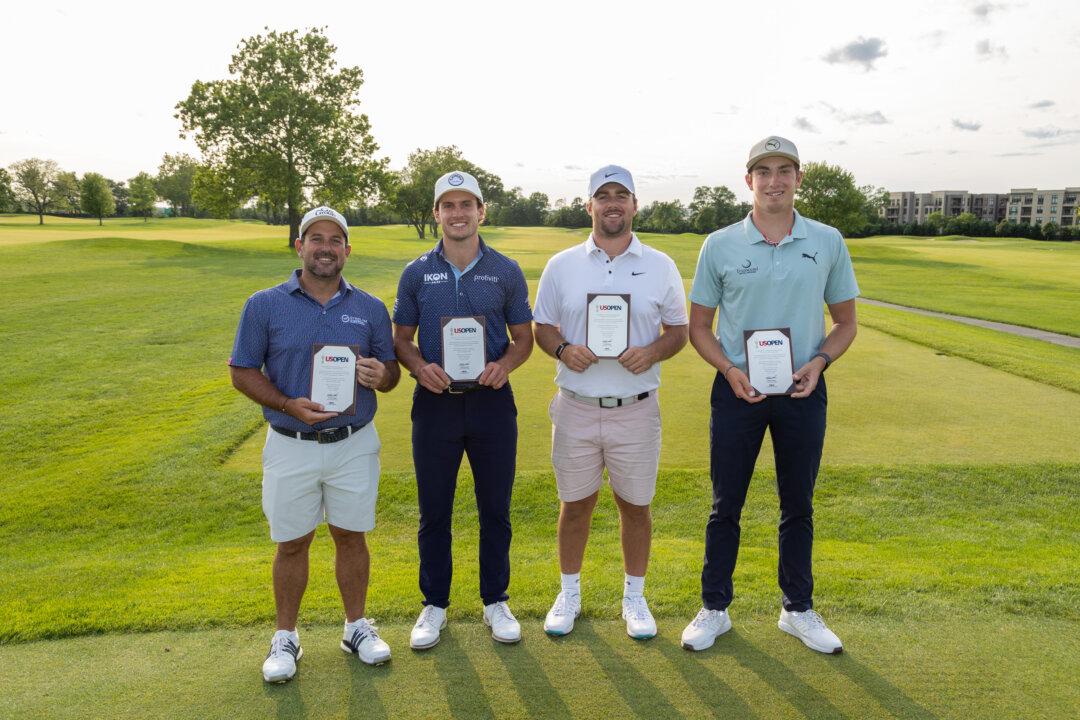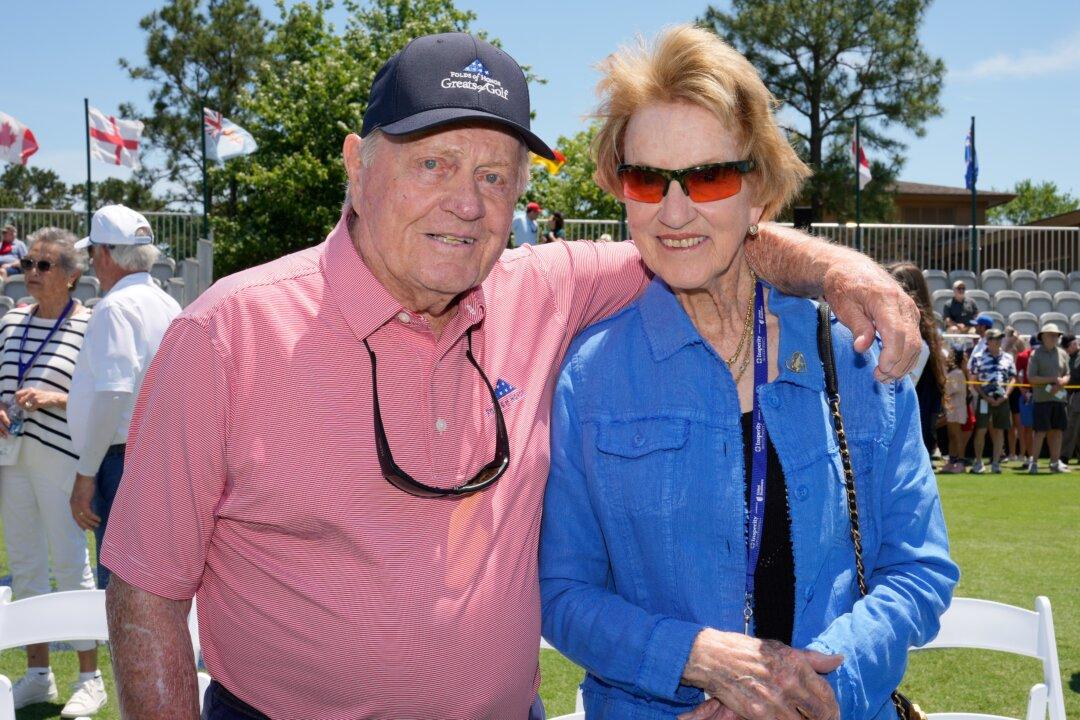Pebble Beach, CA—Beyond the clear interest in personalities, the driving element for sports is tied to specific iconic locations. Places like Lambeau Field, Fenway Park, Madison Square Garden, the Rose Bowl, Indianapolis Motor Speedway, Wimbledon, Churchill Downs, to name only a few are rightly celebrated for being so distinct—so incredibly tied to the sports that have graced their respective venues. Each provides a certain aura that goes beyond any sport figure that displayed their particular prowess there.
In the world of golf three locations stand apart: Augusta National (home to the annual Masters), The Old Course at St. Andrews in Scotland, and Pebble Beach Golf Links—located on that most incredible peninsula called Monterey.
Each year the PGA Tour comes to this divine location for the AT&T Pebble Beach Pro-Am Championship—formerly known for many years as the Bing Crosby Clambake. It was Bing who really deserves credit for linking Hollywood celebrities and sports figures by inviting them to play alongside golf’s best known players. Even before Bing’s involvement so much of what makes Pebble special today is tied to its founder—Samuel Finley Brown Morse—a distant cousin to telegraph inventor Samuel Finley Breese Morse.






